In 2021, the US Air Force invested a whopping $1 million in the Wave Engine Corporation to design and build revolutionary pulsejet engines.
Now, only three years later, the company has announced that one of its designs, the J-1 engine, is ready to be implemented by the military. This engine could change not only the US Air Force but aviation as a whole.
Wave Engine Corp: Affordable Jet Engines With no Moving Parts
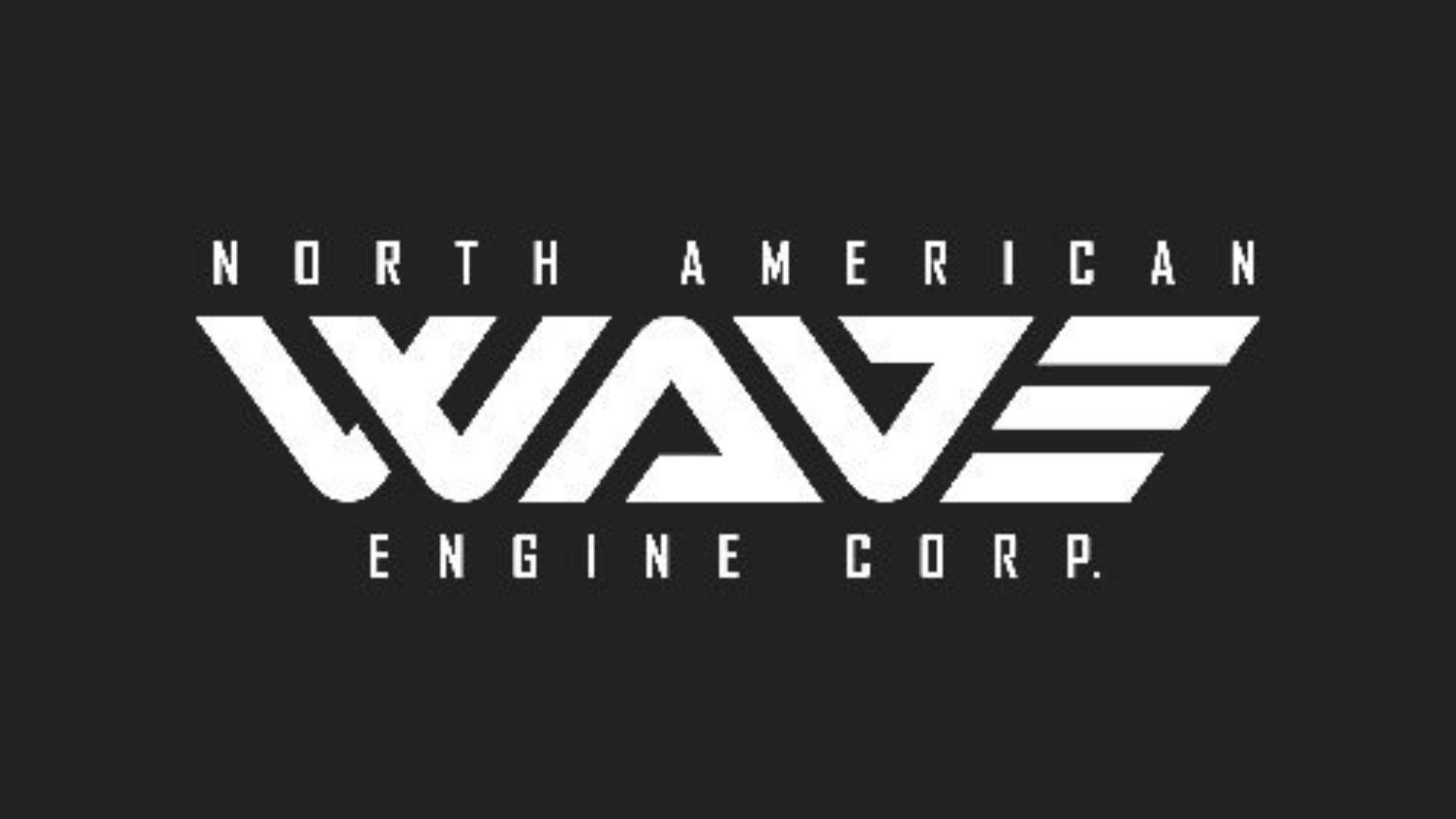
Wave Engine Corp, based in Baltimore, Maryland, has dedicated itself to creating “affordable jet engines that require no moving parts.”
The US Air Force immediately saw the benefits of the company’s sustainable, affordable, and simplistic designs for the future of both aviation and aerial combat. And it seems that they were right to have faith in Wave Engine Corp.
Conducting a Test Flight

The company has conducted over 800 engine tests and 13 powered flights on 2 aircraft. Most of the recent flights involved the J-1 engine powering the company’s Scitor-De series of UAVs.
The Virginia Tech Mid-Atlantic Aviation Partnership oversaw the safety of the test.
The Results of the Test

Wave Engine Corp. released a video on YouTube that showed how its jet engine could function in an unmanned aerial vehicle (UAV) as it picked up speed, took off, did several mid-air starts, and successfully landed.
The engine is a contemporary variation of the pulsejet engine, which was first used on German V-1 guided missiles in WWII.
The J-1 Engine Is Officially Ready for Use
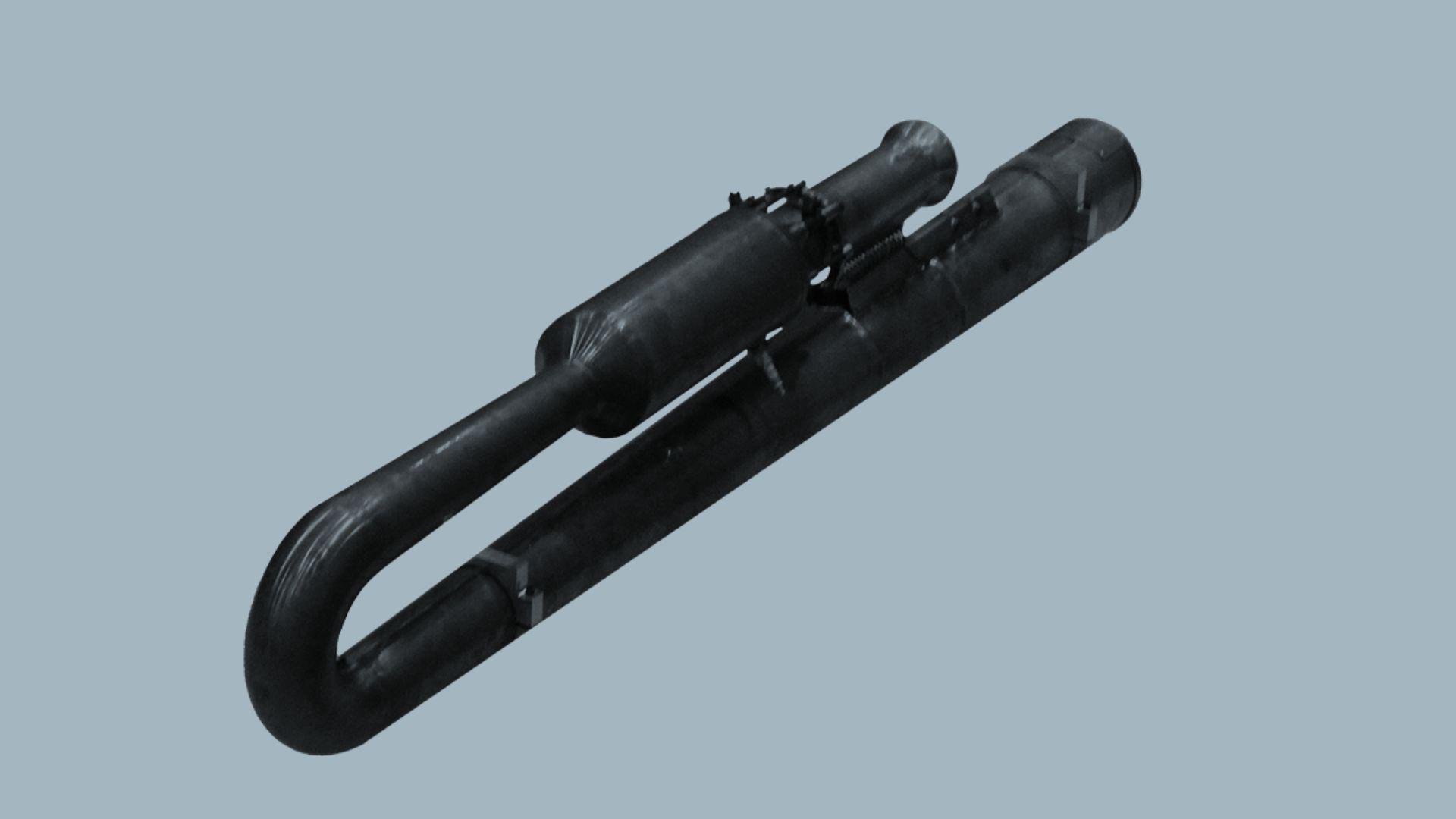
Most tech or engineering companies take years to produce a functioning prototype, let alone a finalized device ready for use. However, Wave Engine Corp has announced that its J-1 engine is officially ready for distribution.
The J-1 engine is exceptionally exciting because it’s extremely compact, at only 5.5 x 12.5 x 64 inches and 18 pounds. Additionally, it’s sustainable in that it can use a variety of fuel sources, including gas, bioethanol, and kerosene.
How Do J-1 Engines Work?
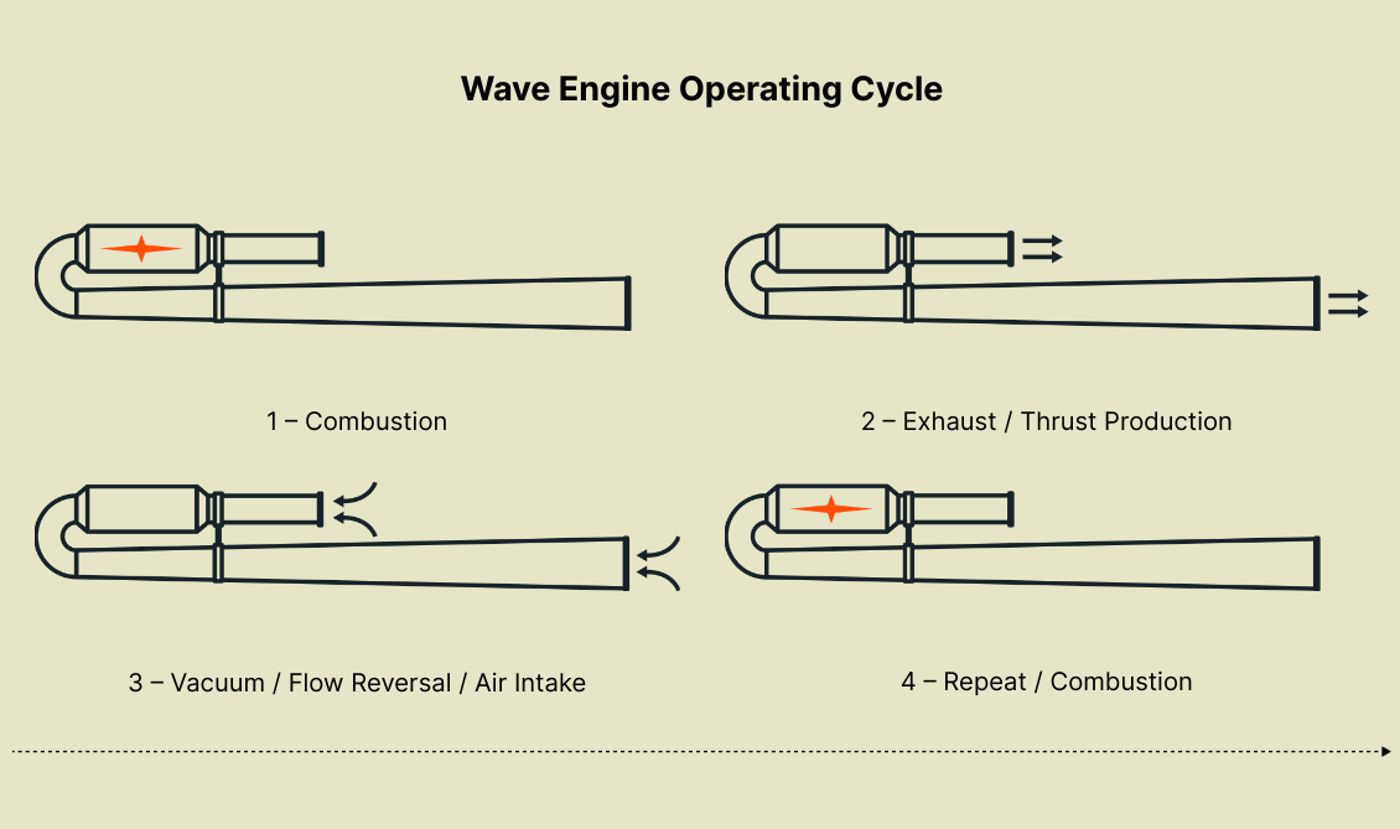
J-1 engines are also unique in that they do not rely on rotating equipment. Instead, the combination of high temperatures and pressure inside the combustion chamber creates hot gases that are expelled, providing the necessary thrust for flight.
This process leaves behind a vacuum, which leads to the air intake necessary for the next cycle.
How the Engines Work

The company said wave engines operate by using pressure waves instead of rotating parts like conventional turbine jet engines.
“Intermittent combustion inside a hollow tube produces pressure waves that push hot gasses and produce thrust,” Wave Engine Corp. said in a statement. It added that the cost and complexity of jet propulsion are significantly less with this technology.
Nothing New

This engine design isn’t anything new. Pulse Jet designs have been around for a century, but the technology has been largely dismissed by the commercial aviation industry for being too loud and difficult to regulate during flight.
Instead, the engine has largely been used for experimental helicopters, model aircraft, and drones.
Existing Jet Engines Are Expensive, Heavy, and Unsustainable
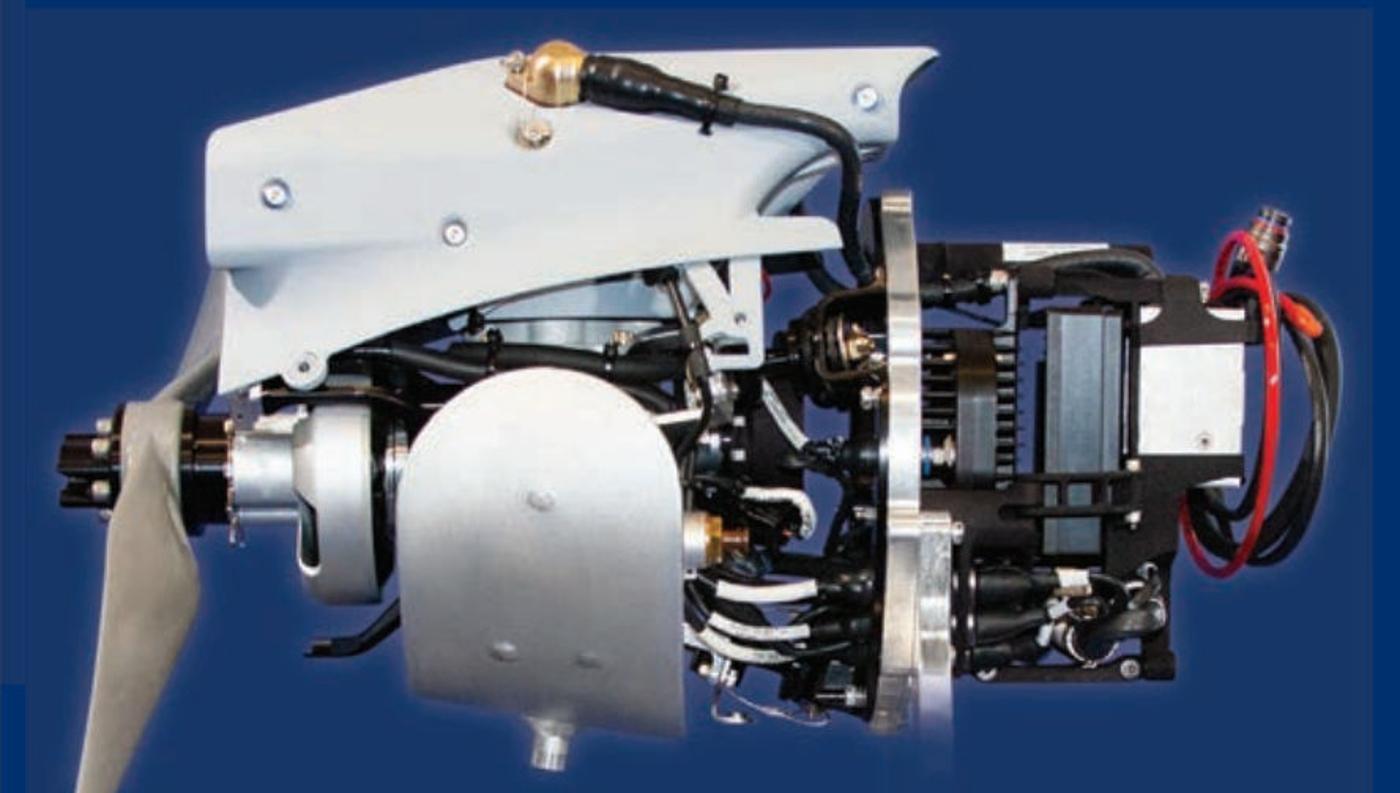
It’s important to understand that J-1 engines are wildly exciting because of how drastically different they are from existing jet engines. The engines that J-1s can replace are typically between 75 and 150 pounds, and are much larger than Wave Engine’s design.
Standard engines are also detrimental to the environment because they run on heavy fuel and gasoline, whereas J-1s produce far fewer carbon emissions in both manufacturing and use.
The New Engines Are Only for Unmanned Jets
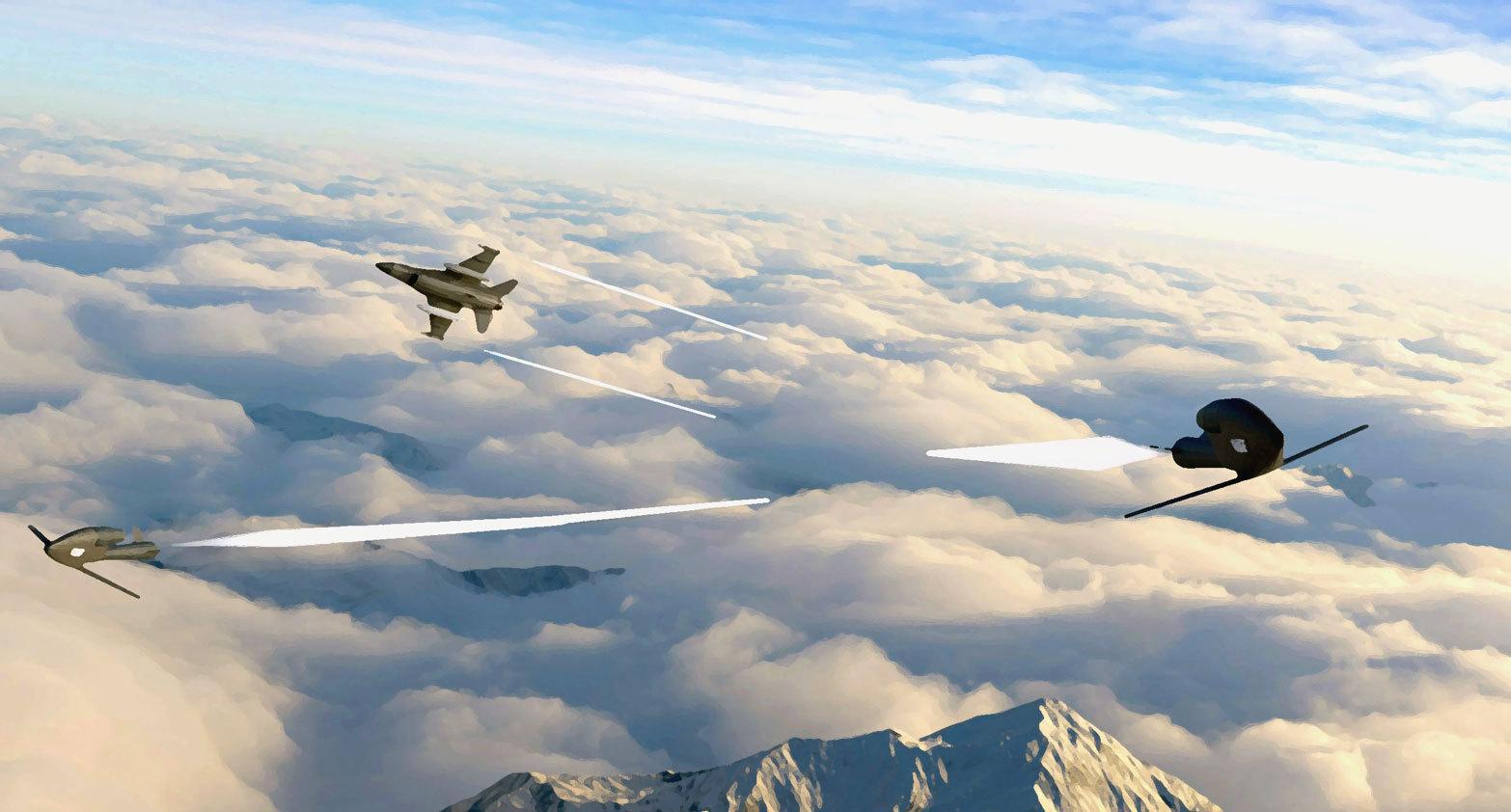
J-I engines were specifically made for non-piloted jets known as UAVs. Like drones, these machines are operated by remote control computers.
UAVs are used by the US Air Force and several other companies for area coverage, photography, forest fire monitoring, river monitoring, policing and surveillance, infrastructure inspections, delivery, and even entertainment.
UAVs Are a Crucial Part of the Air Force’s Military Tactics
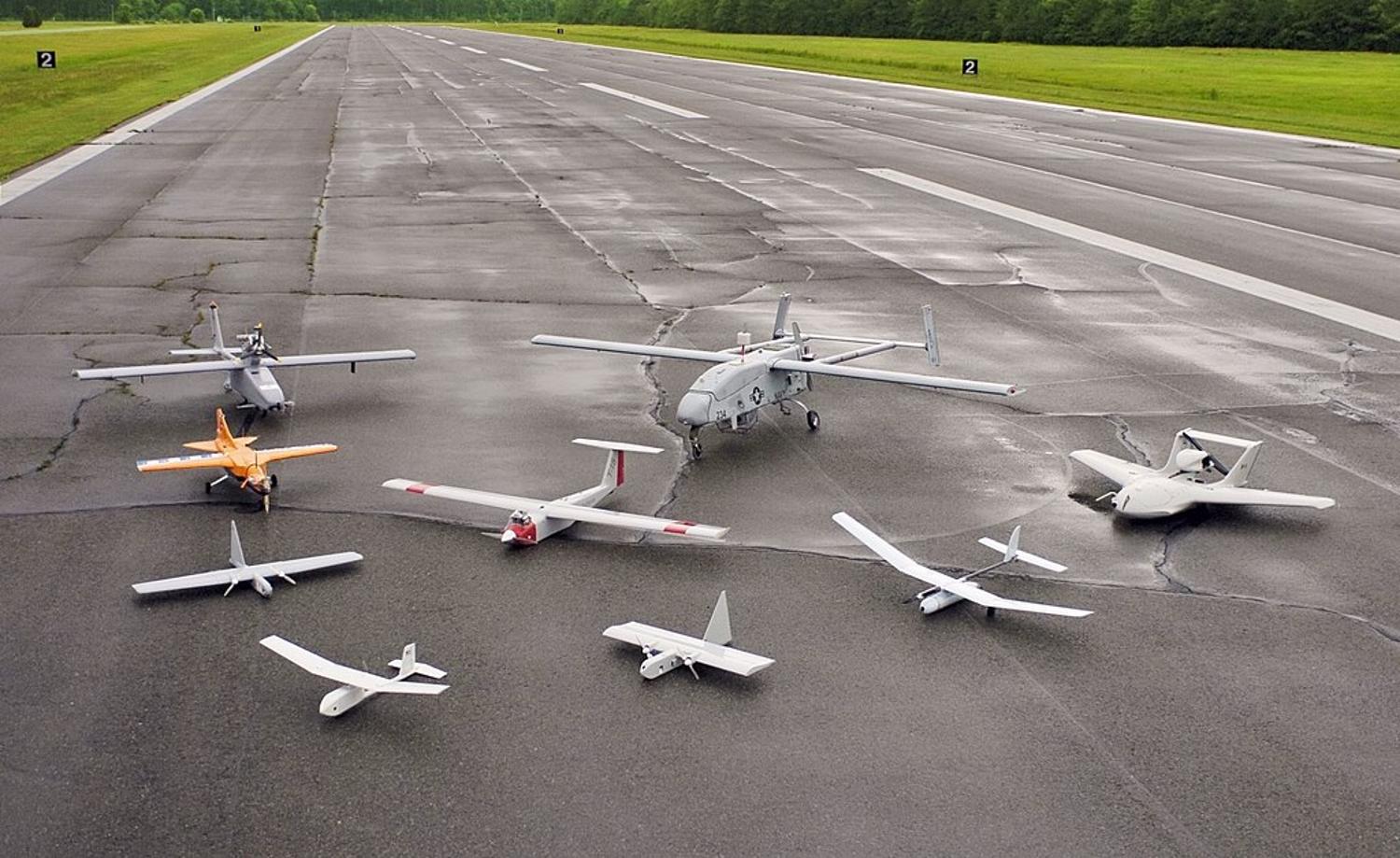
The US Air Force currently operates more than 11,000 UAVs for training events and overseas missions, so a new and more efficient UAV engine is certainly a big deal.
These small, affordable, and sustainable engines could drastically change the way the military utilizes these important machines. However, J-1 engines will also substantially affect the entire drone industry.
This Design Will Change the Future of the Drone Industry

As previously mentioned, governments and corporations worldwide use UAVs for a wide variety of projects. Wave Engine Corp’s J-1 engine will make UAV use more affordable, sustainable, and practical for every one of these organizations.
As Tombo Jones, the director of the Virginia Tech Mid-Atlantic Aviation Partnership, which has been working hand-in-hand with Wave Engine Corp on the J-1, explained, “The technology that they are working on marks an important step in advancement for the drone industry.”
Wave Engine Corp Is Still Working on Its Next Design: K-1
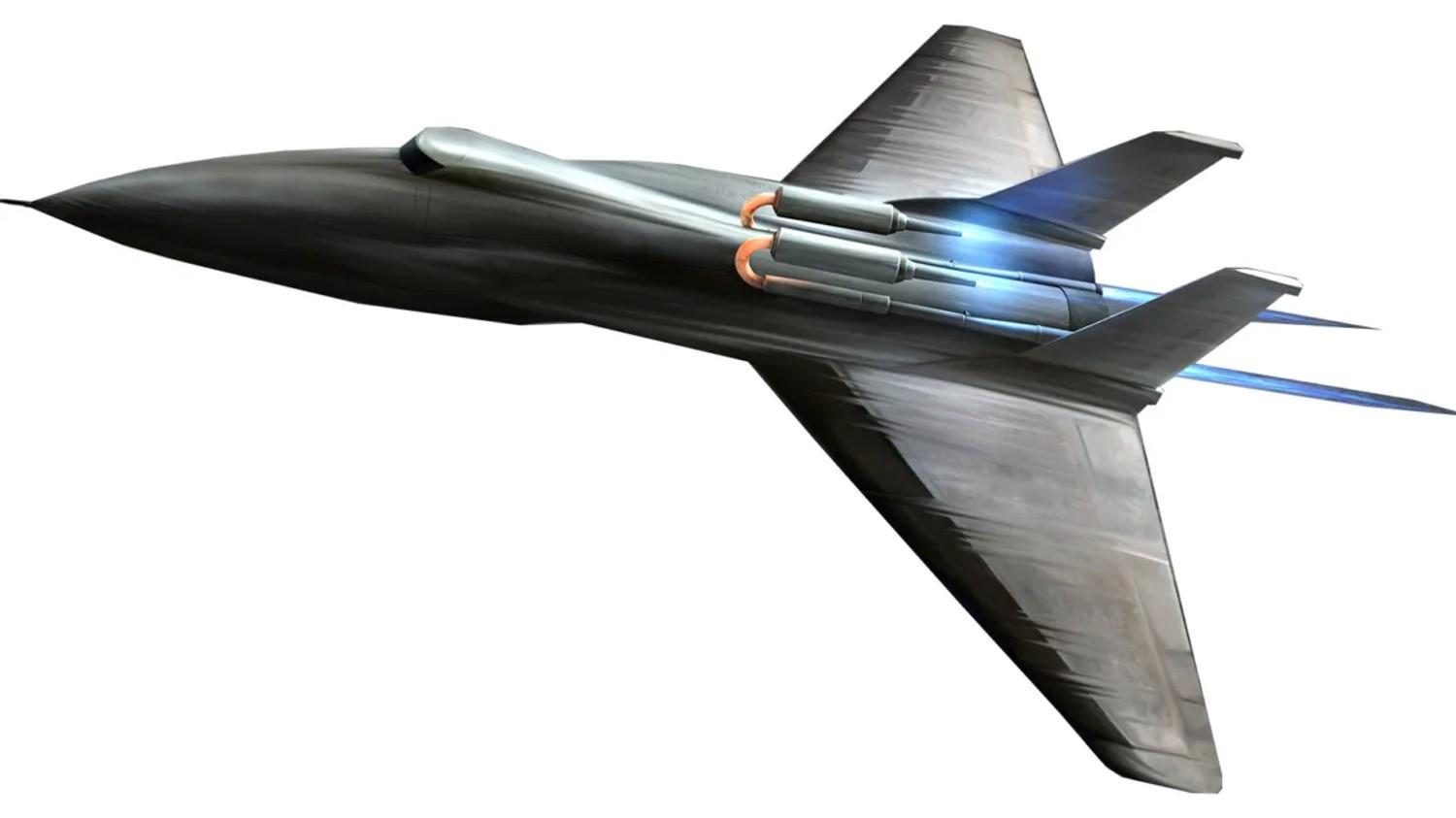
Alongside the design and development of the J-1, Wave Engine Corp has also been working on another engine, the K-1.
While the J-1 is only suitable for UAVs up to 200 pounds gross weight, the K-1 will function on UAVs up to 1,000 pounds. While the K-1 offers the same digital control and other benefits as the J-1, it is simply more powerful.
Wave Engine Corp Has Also Designed Its Own UAV

Even more impressive, Wave Engine Corp has simultaneously designed its very own UAV with its J-1 engine.
The Scitor weighs only 100 pounds but includes several valuable applications, including aerial target and payload missions. It’s exceptionally affordable compared to other UAVs and will likely become one of the most popular on the market.
Wave Engine’s Designs Could Eventually Be Utilized for Pilot-Operated Aircraft
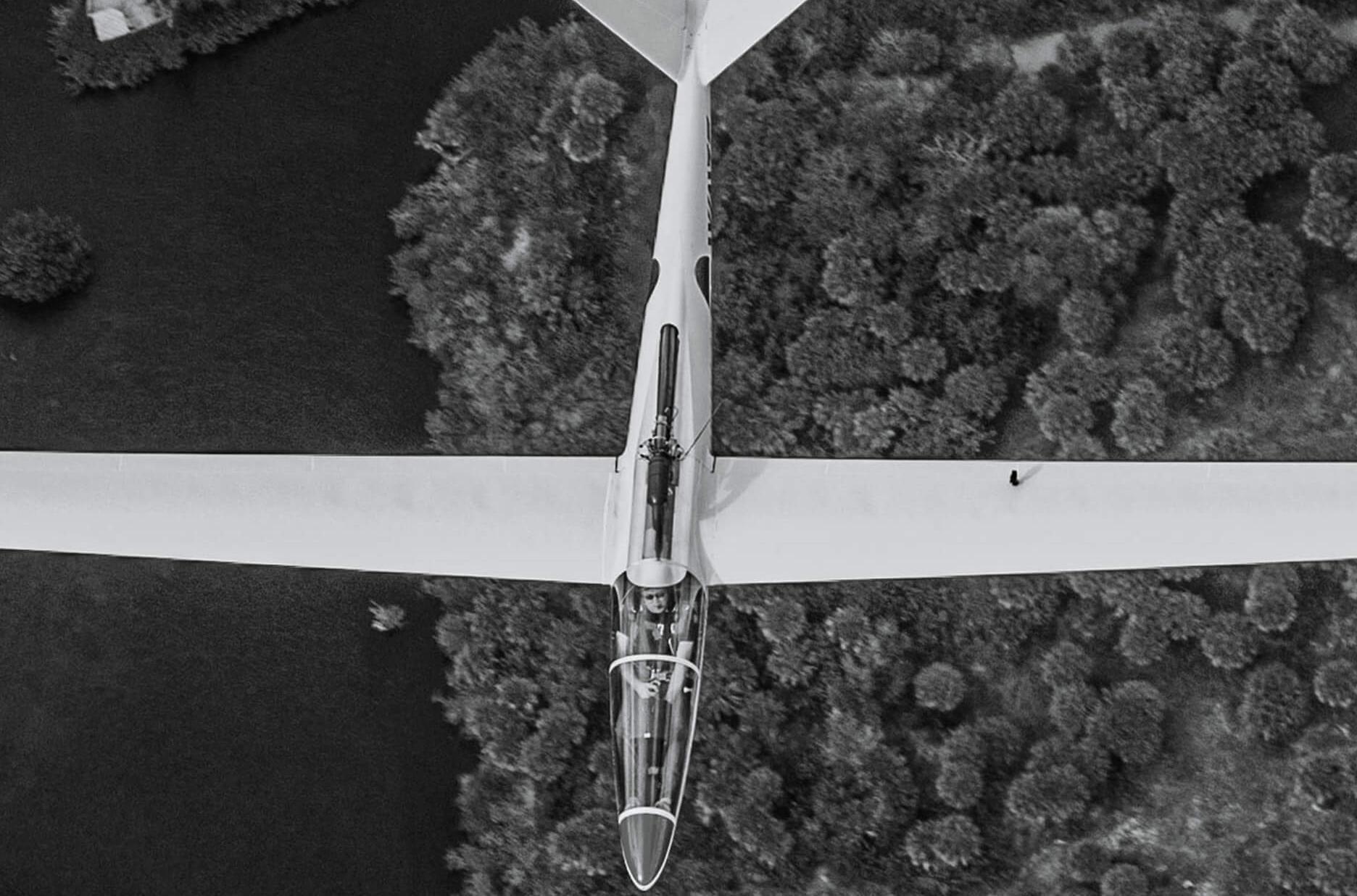
At this moment in time, Wave Engine Corp has focused its energy solely on engines for UAVs and high-performance, affordable UAVs.
However, there is certainly a chance that the innovative and wildly successful company could eventually create similar engines for pilot-operated planes, which would vastly change the entire aviation industry.
The Future of Aviation

Now, Wave Engine says that they are working to make these engines the go-to engine for the future of aviation for several reasons.
“We continue to push the performance and flight envelope,” said Daanish Maqbool, CEO of Wave Engine in the statement. “We have worked for years to harness the power of sound and fire, and we believe it is going to change the industry.”
Evolving Tech in the Military
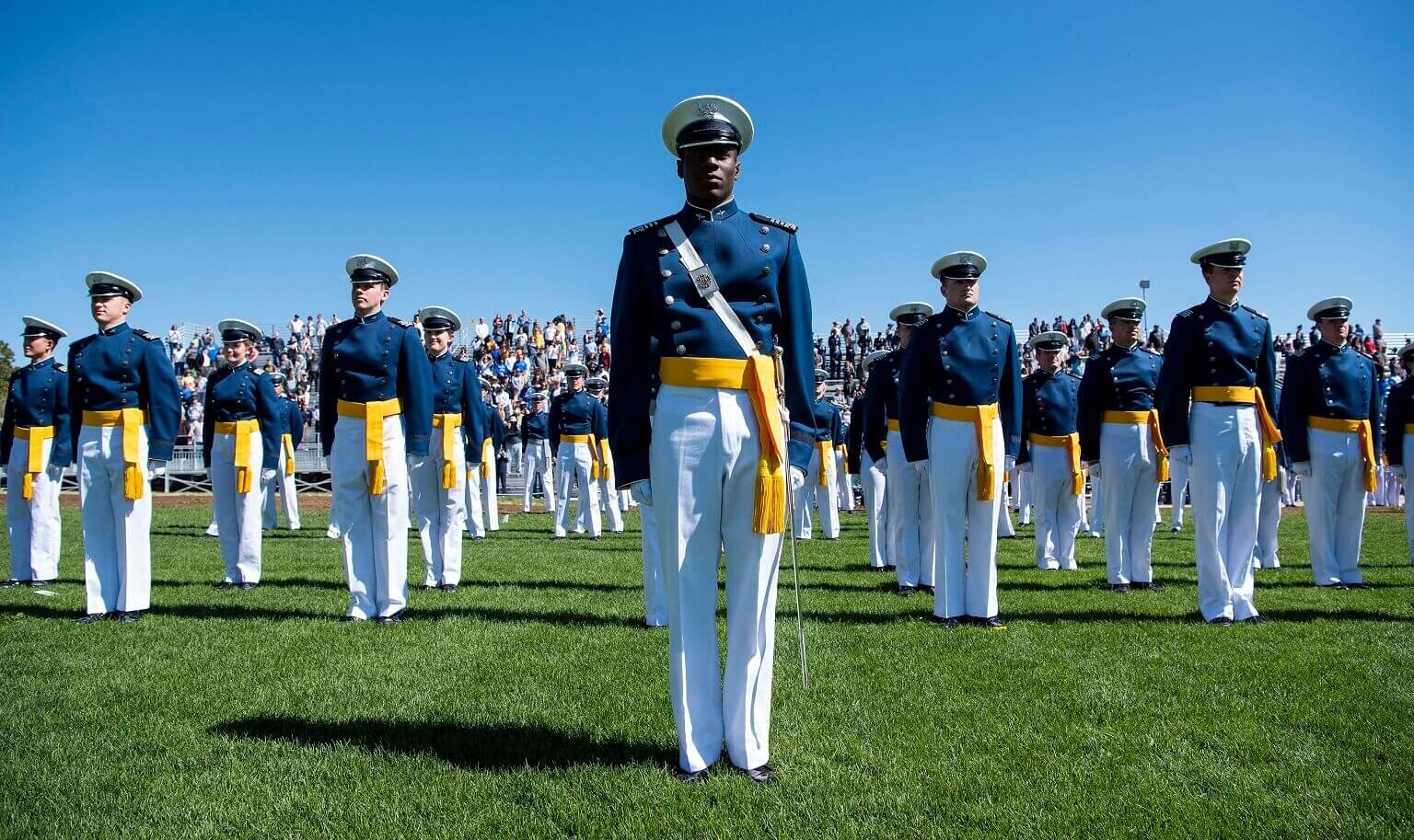
“We’re grateful for the opportunity to work with a company that pushes the boundaries of propulsion systems,” said Tombo Jones, director of the Virginia Tech Mid-Atlantic Aviation Partnership.
“The technology that they are working on marks an important step in advancement for the drone industry, so we were excited to have Wave Engine fly at our test site.”
The US Air Force Will Continue to Fund Wave Engine Corp

Although they have not yet released a statement, it is highly likely that with the success of the J-1, the US Air Force will continue to fund Wave Engine Corp and any of its future projects.
In fact, at a time when affordability and sustainability are both absolutely necessary for organizations around the world, the company will almost certainly receive all the funding it needs to continue its important work.
Other New Tech

New engines for future US Air Force projects are not the only new tech coming to the military branch.
The USAF plans to station its first production of MH-139A Grey Wolf helicopter at the Malmstrom Air Force Base in Montana.
Boeing Delivers the MH-139A Grey Wolf
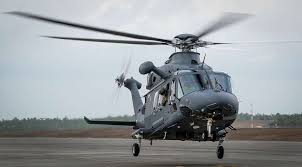
Boeing has delivered the first low-rate initial production of these helicopters, which includes 13 MH-139A Grey Wolf medium-lift multirole helicopters. Another batch of these helicopters is planned for delivery “later this [boreal] summer,” a Boeing spokesperson told Janes.
In November 2023, the delivery of another batch of helicopters brought them into operation. To date, the contract includes 26 Grey Wolf helicopters.
What Is the MH-139A?

The MH-139 is a militarized version of Italian aerospace firm Leonardo’s AW139 commercial helicopter and will replace some of the Air Force’s Vietnam-era UH-1N Hueys.
Boeing announced that the helicopter will station at Malmstrom Air Force Base in Montana, where airmen will use it to patrol the sprawling Minuteman III nuclear missile fields surrounding the base.
Critical for National Security

“This aircraft will directly support ongoing U.S. Air Force modernization efforts,” Azeem Khan, Boeing’s MH-139 executive director and program manager, said in a statement on Aug. 5.
“Delivering this asset for the MH-139A fleet is critical to the future of national security as the Grey Wolf will play a crucial role in the U.S. nuclear triad for decades to come.”
Trouble With the Contract

Despite Boeing’s troubled history with its ongoing NASA contract, the Air Force has awarded the company another contract for seven more MH-138s.
However, the Air Force has since dramatically slashed its planned purchase of the helicopter, which is now leading to cost overrun problems.
Tight Budgets

Facing tight budgets, the Air Force decided to cut its planned Grey Wolf purchase almost in half. Instead of purchasing 80 of the helicopters, the military branch will expect to buy only 42.
However, the future installments of the new engines could cut the price of the helicopters significantly, which could be beneficial for the Air Force in the future.








































